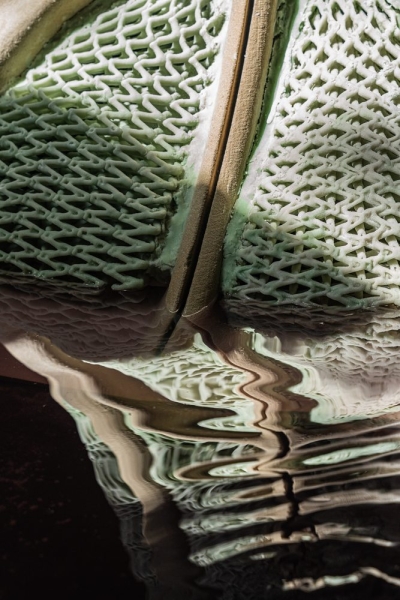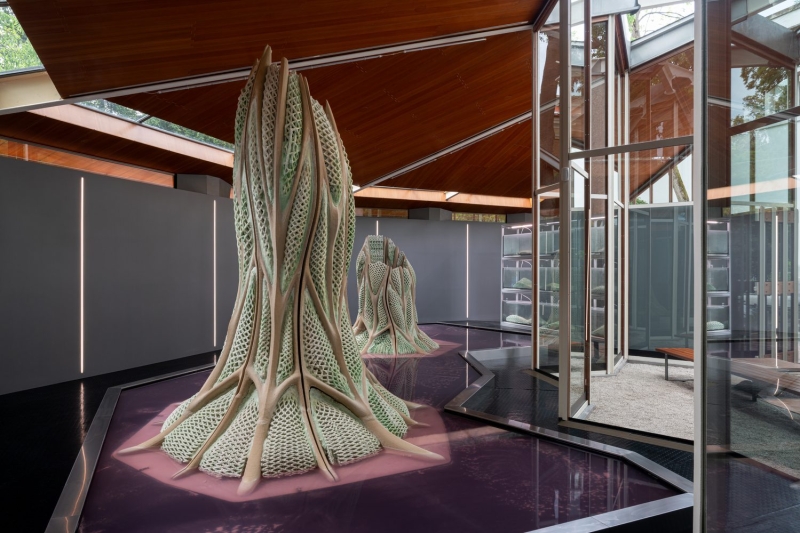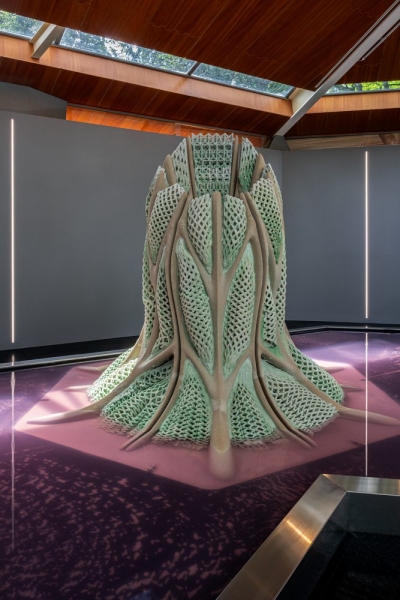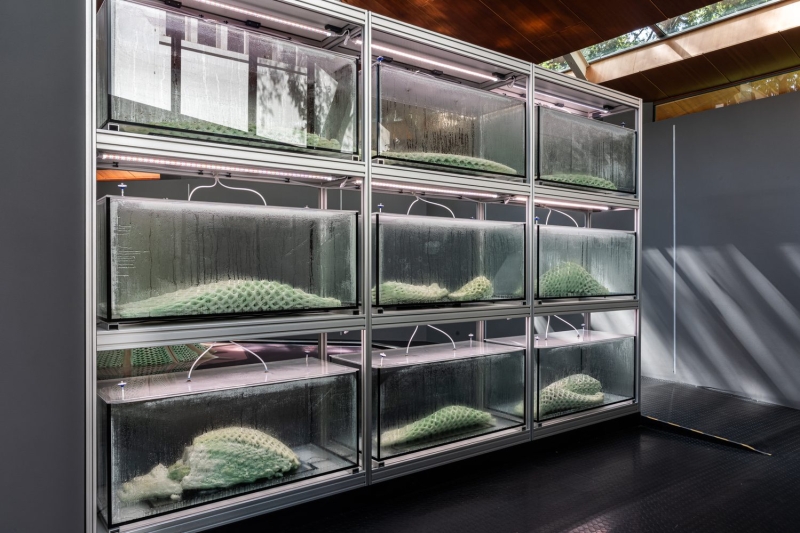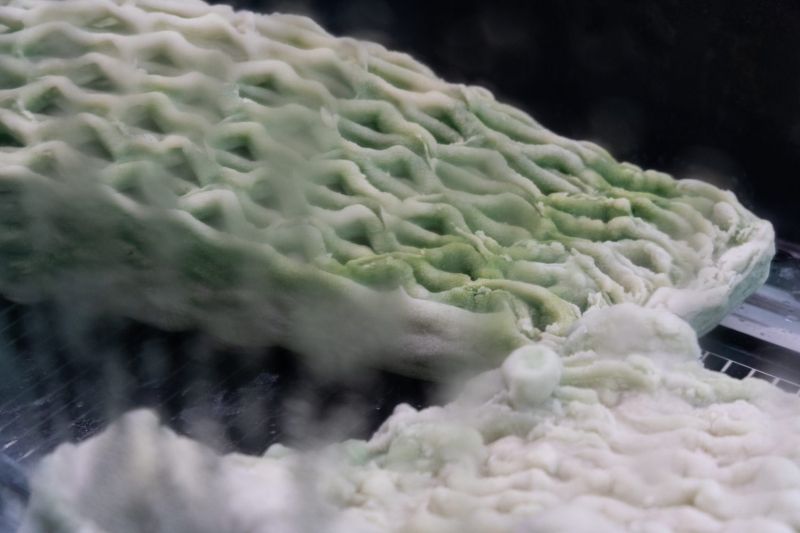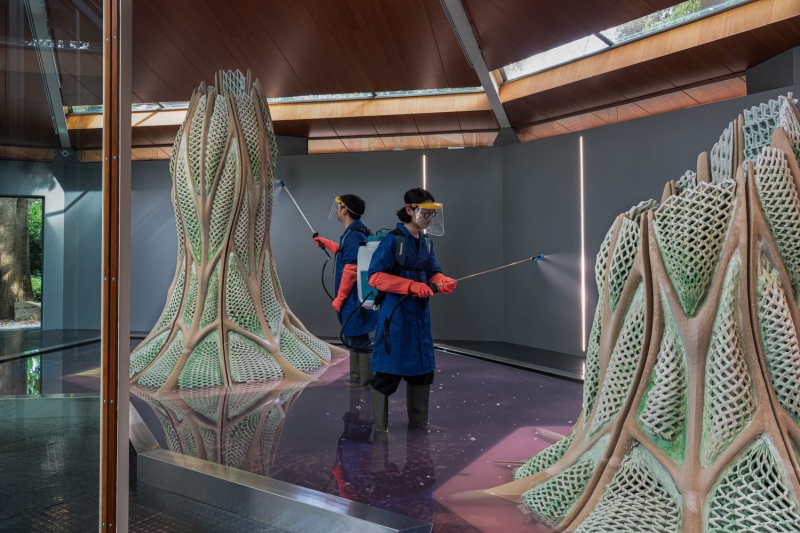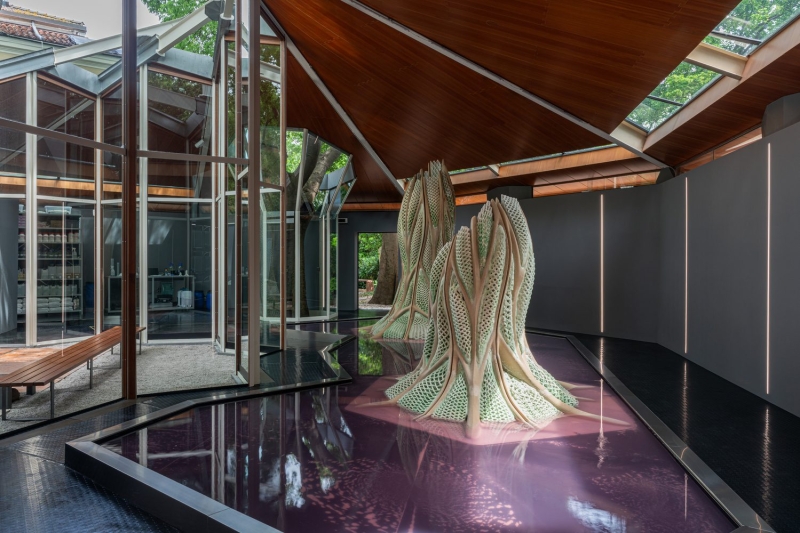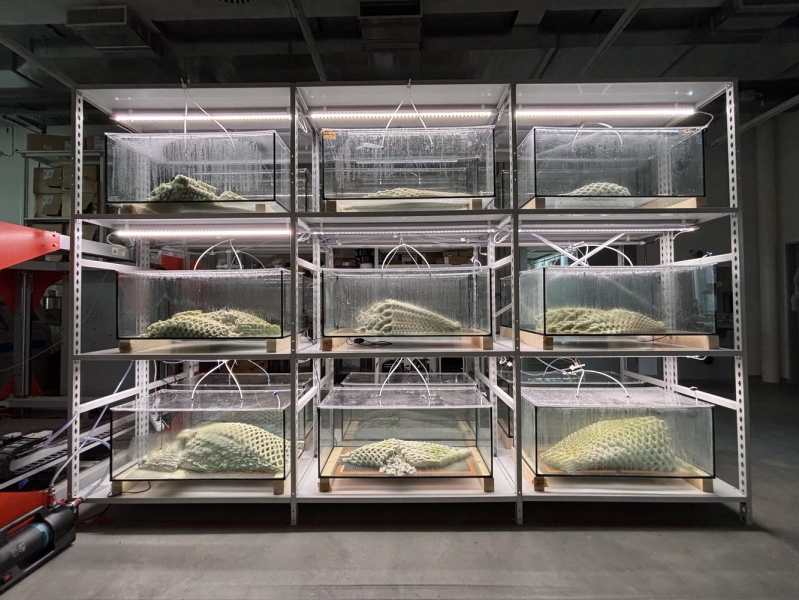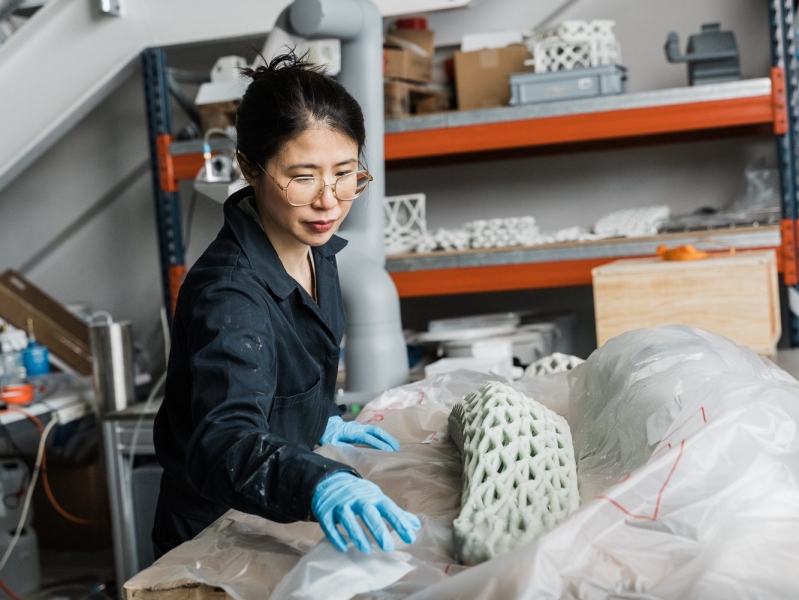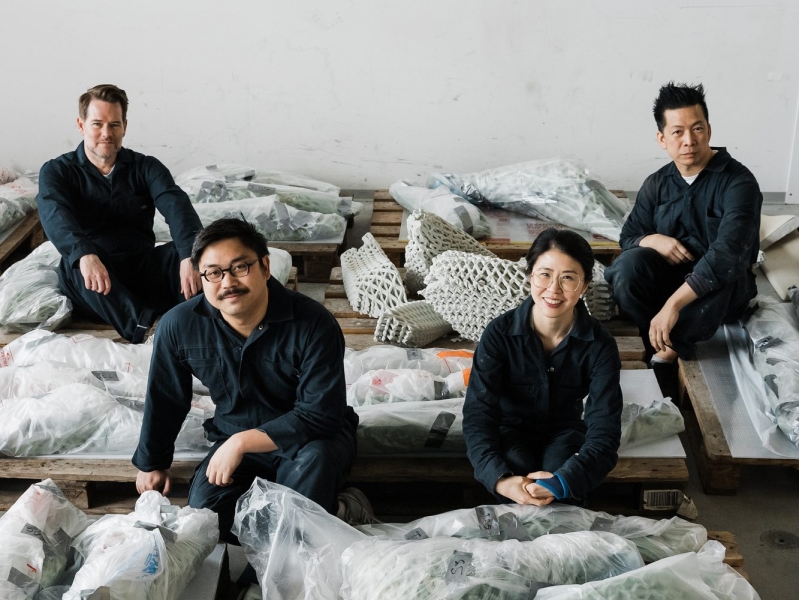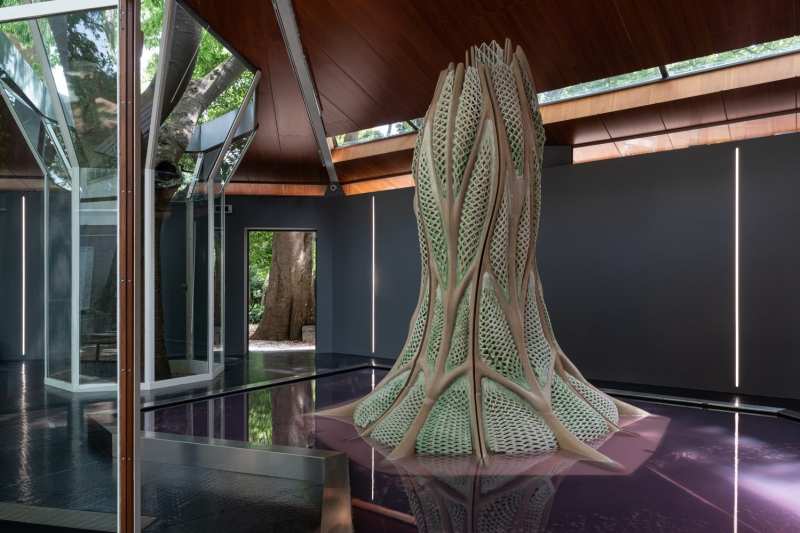Contents
You know what’s fascinating about Canada’s pavilion “Picoplanktonics” at the 2025 Venice Architecture Biennale? They’re building an entire exhibition around microscopic marine organisms. Yeah, picoplankton—those tiny life forms that most of us never think about but actually generate half the oxygen we breathe. The exhibition “Picoplanktonics” is easily one of the most innovative approaches I’ve seen in years, completely reimagining how architecture might respond to our ongoing ecological crisis.

Bridging Biology and Architecture
The Canadian pavilion introduces a radical proposition: what if architectural thinking began at the microscopic scale? The team, led by curator David Theodore from McGill University, has assembled a multidisciplinary group including marine biologists, indigenous knowledge keepers, and computational designers to explore how picoplankton’s regenerative processes could inform new architectural systems.

“We’re moving beyond biomimicry toward what we call ‘bio-collaboration,’” explains Theodore. “Instead of just imitating natural forms, we’re designing systems where human construction actually participates in ecological regeneration. Picoplankton represent the perfect model because they operate invisibly but have planetary impact.”

The exhibition centers around a remarkable installation—a living laboratory where visitors can witness these microscopic organisms through specially designed viewing stations connected to tanks containing live plankton samples collected from Canadian coastal waters. The real-time data from these organisms drives generative design algorithms that produce continually evolving architectural propositions projected onto the pavilion walls. This approach brings to mind earlier explorations of biologically-responsive architecture showcased in previous exhibitions.
From Micro to Macro: Scaling Biological Intelligence
What makes “Picoplanktonics” particularly compelling is how it translates microscopic biological processes into architectural applications at multiple scales. The exhibition presents three prototype projects that demonstrate this translation:
- Building Envelopes That Breathe: A carbon-sequestering façade system developed with researchers from the University of British Columbia that incorporates living picoplankton colonies in a specialized polymer membrane. Early prototypes show these systems can absorb carbon dioxide at rates 200 times more efficient than conventional trees while generating oxygen and biofuel as byproducts.
- Marine-Inspired Urban Planning: A speculative redesign of Vancouver’s waterfront using computational models based on how picoplankton colonies organize themselves. The resulting urban patterns maximize nutrient flows, energy efficiency, and adaptive responses to changing environmental conditions.
- Water-Filtering Infrastructure: A network of floating platforms for the Great Lakes region that uses picoplankton-inspired filtration systems to remove microplastics and excess nutrients from waterways while generating clean energy.
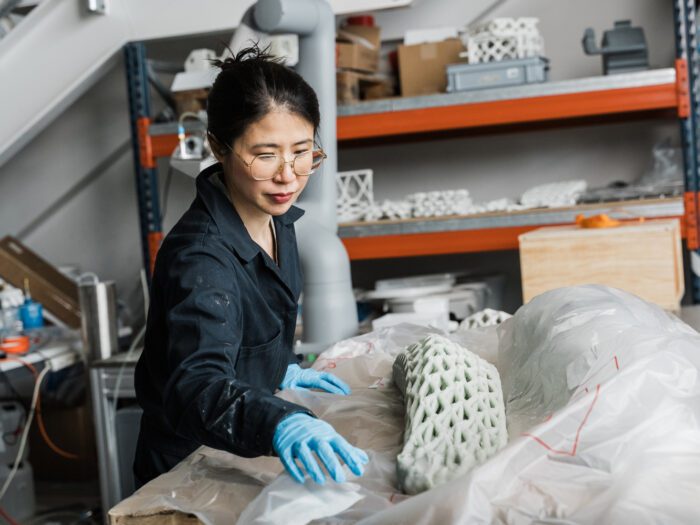
“These aren’t just conceptual exercises,” notes participating architect Janna Levitt. “We’ve been developing functional prototypes for two years, and several components are already being implemented in pilot projects across Canada.” The exhibition includes material samples, working models, and detailed documentation of these real-world applications. Similar approaches to water-filtering architectural systems have been explored in previous experimental projects.
Indigenous Knowledge and Biological Systems
One of the most thought-provoking aspects of the exhibition is its integration of indigenous perspectives on human-nature relationships. The curatorial team collaborated with First Nations knowledge keepers from coastal communities who have tracked plankton blooms for thousands of years as indicators of ecosystem health.
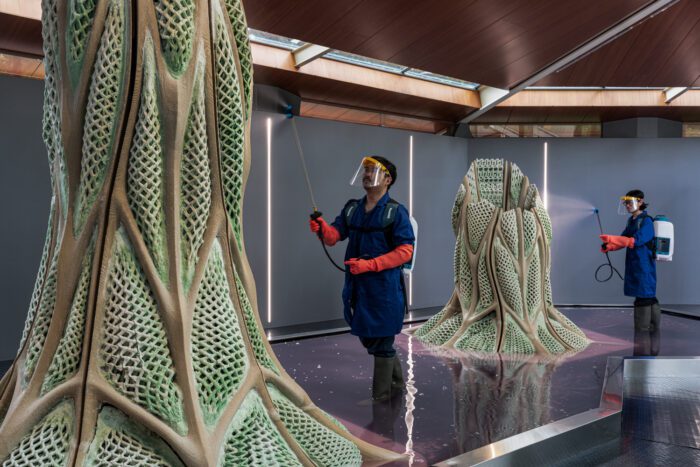
“Western architecture has typically positioned itself against nature—creating barriers between humans and the environment,” says Theodore. “Indigenous approaches to building have always recognized the continuity between human habitation and natural systems. Our exhibition attempts to relearn these relationships through the lens of contemporary science.”

Visitors to the pavilion encounter recordings and testimonials from indigenous partners alongside the scientific displays, creating a dialogue between different ways of understanding humanity’s relationship with marine ecosystems. The exhibition avoids romanticizing these perspectives, instead presenting them as sophisticated knowledge systems with practical applications for contemporary design challenges. This integration of indigenous knowledge in architectural thinking represents an important shift in the profession.
Data Visualization and Sensory Experience
The pavilion transforms complex scientific data into immersive sensory experiences. Entering the space, visitors encounter a sonification of picoplankton activity—the microscopic movements and metabolic processes of these organisms translated into an ethereal soundscape that fills the pavilion.
.Large-scale projections display real-time visualizations of plankton behavior, with their movements influencing generative design algorithms that produce ever-changing architectural forms. What’s brilliant about this approach is how it makes the invisible both visible and tangible, helping visitors grasp the connection between microscopic marine life and potential architectural applications.
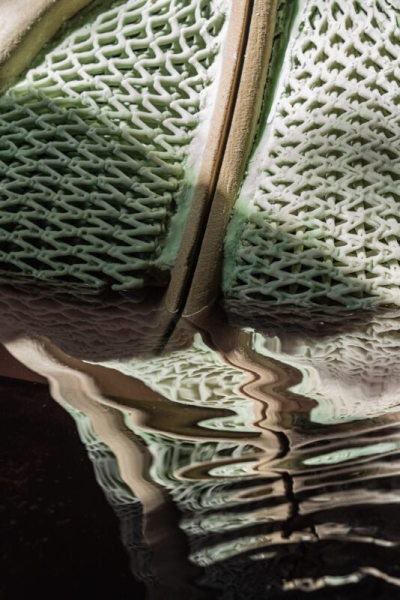
“The challenge was creating an exhibition about something you can’t see with the naked eye,” explains exhibition designer Jane Doe. “We wanted to make these connections visceral rather than just intellectual.” The result is a multi-sensory environment where visitors can literally feel the presence of these microscopic organisms through vibrations, sounds, and visual representations at human scale.
Climate Response and Regenerative Design
Canada’s contribution arrives at a critical moment in architectural discourse. As the profession grapples with its response to climate change, “Picoplanktonics” offers a genuinely hopeful direction that moves beyond merely reducing harm toward actively regenerative approaches.
The exhibition documentation includes striking statistics: if scaled to just 10% of Canadian buildings, the proposed systems could sequester carbon equivalent to planting 50 million trees while simultaneously improving air and water quality in urban environments. These aren’t just theoretical benefits—the exhibition includes feasibility studies and implementation timelines developed with industry partners.
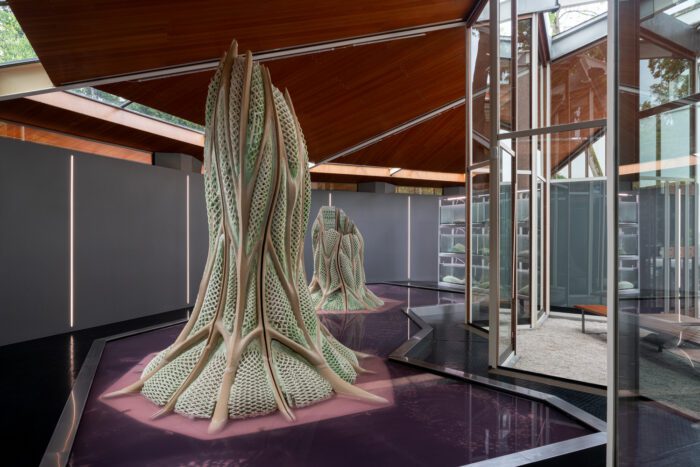
“Architecture has been part of the climate problem for too long,” says Theodore. “What we’re proposing is a fundamental reorientation where our built environment becomes part of the solution—not through token gestures, but through deep collaboration with biological systems.”
What strikes me about this approach is its pragmatism despite its seemingly radical nature. The exhibition doesn’t advocate abandoning conventional construction entirely but rather integrating these biological systems into existing building typologies. The models and prototypes show how standard curtain wall systems, urban infrastructure, and residential construction could all incorporate these technologies without reinventing architectural practice from scratch. This practical approach to integrating biological systems in existing architectural frameworks addresses issues discussed in recent sustainable design forums.

The Canadian pavilion’s exploration of “Picoplanktonics” represents one of the most original contributions to the 2025 Venice Biennale. By beginning with the smallest organisms and expanding to architectural and urban scales, it challenges fundamental assumptions about the relationship between buildings and ecology. Rather than treating nature as either an adversary to be controlled or a fragile entity to be protected, it suggests a third way: architecture as an active participant in biological regeneration.
As I left the exhibition, what stayed with me was its optimism—not the superficial kind that ignores problems, but a deeper conviction that architecture still has the capacity to transform our relationship with the planet. If microscopic organisms can maintain the conditions for life on Earth, perhaps our buildings can learn to do the same. The real achievement of “Picoplanktonics” isn’t just in its novel technologies but in how it expands our imagination about what architecture can be and do in an age of ecological crisis.
